Artificial Intelligence (AI) has become a buzzword in today's tech-driven world, but what exactly is it, and how does it work? In this article, we'll take a stroll through the basics of AI to help demystify this fascinating field.
At its core, AI refers to machines or computer systems that can perform tasks that typically require human intelligence. These tasks include learning, reasoning, problem-solving, perception, and language understanding. Unlike traditional programs that follow predefined rules, AI systems can adapt and improve their performance over time.

Types of AI
There are two main types of AI: Narrow AI (or Weak AI) and General AI (or Strong AI). Narrow AI is designed for a specific task, like voice assistants or image recognition. On the other hand, General AI would have the ability to perform any intellectual task that a human can.
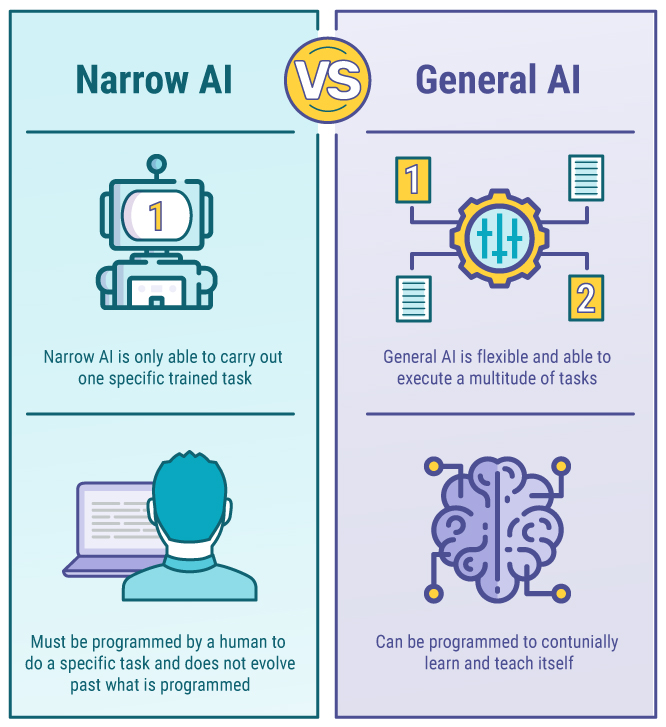
Machine Learning
Machine Learning (ML) is a subset of AI and a crucial aspect of how AI systems learn. Instead of being explicitly programmed, these systems use algorithms to analyze data, identify patterns, and make decisions. Think of it as training a computer to recognize cats in photos by showing it numerous cat images.
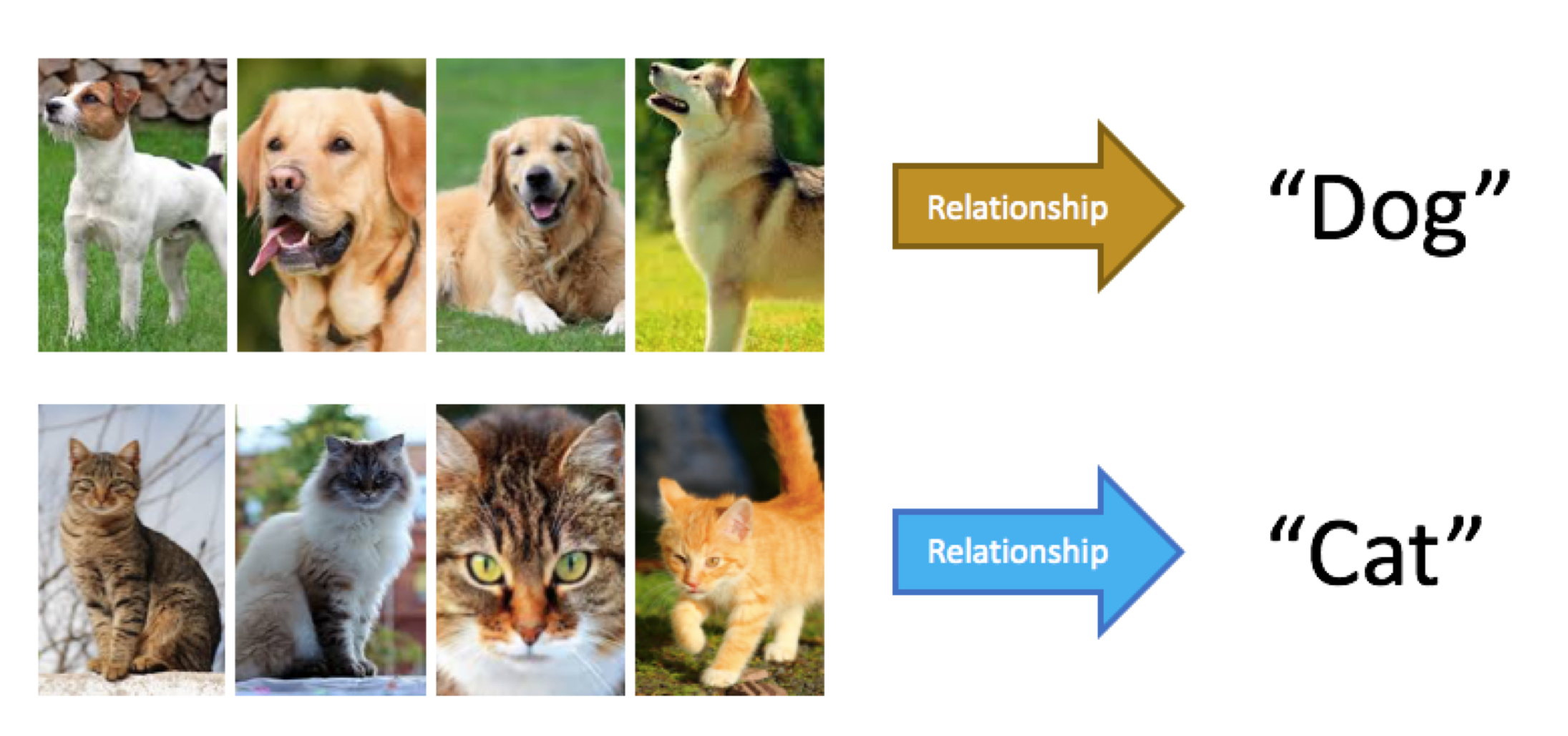
Deep Learning
Deep Learning is a subset of ML, inspired by the structure and function of the human brain. Neural networks, the building blocks of deep learning, mimic the way neurons work to process information. Deep Learning has been instrumental in breakthroughs like image and speech recognition, as well as natural language processing.

How AI Learns
AI systems learn through a process called training. During training, the system is fed large amounts of data relevant to the task it needs to perform. The algorithm identifies patterns and relationships within the data, allowing the AI to make predictions or decisions when presented with new, unseen data.
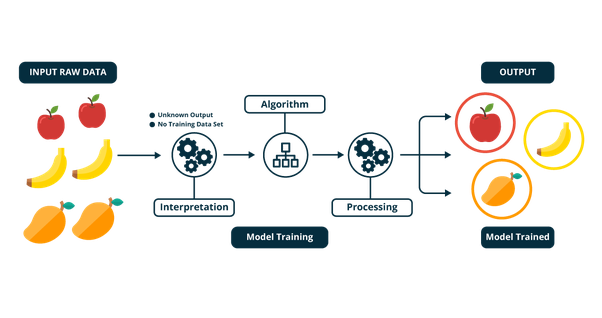
Applications of AI
AI is already a part of our daily lives, from virtual personal assistants like Siri to recommendation systems on streaming platforms. It's used in healthcare for disease diagnosis, in finance for fraud detection, and in autonomous vehicles for navigation and safety.
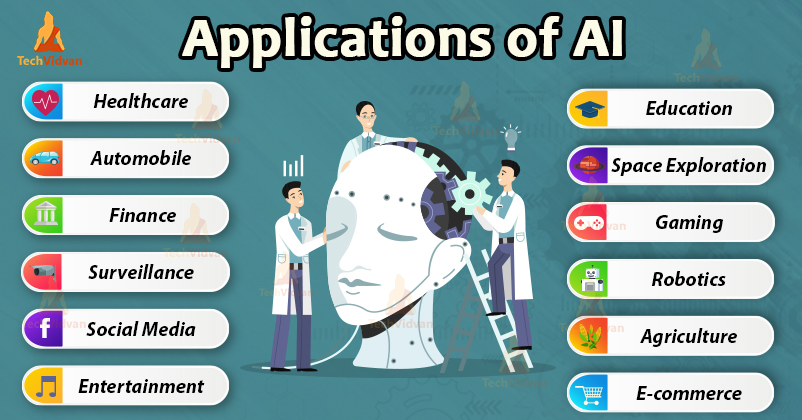
Challenges and Considerations:
While AI has immense potential, it also raises ethical concerns. Issues like bias in algorithms, job displacement, and the need for responsible AI development are essential considerations. Striking a balance between innovation and ethical use is crucial for the responsible growth of AI.

Conclusion
In conclusion, AI is a dynamic field with the potential to revolutionize the way we live and work. Understanding the basics of AI, from machine learning to deep learning, allows us to appreciate its impact on our world. As AI continues to evolve, so too will our understanding of its capabilities and limitations.
In the Meme Time... 😉

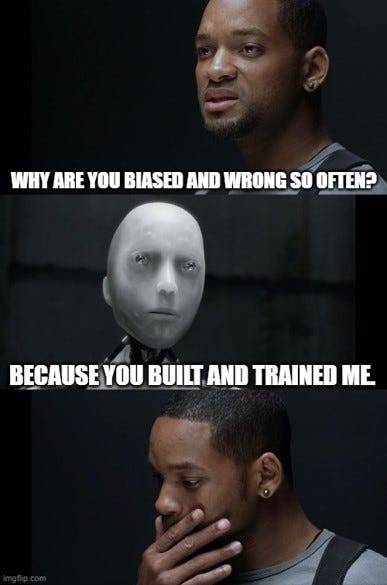
Enjoyed? Share this article with your friends.
For updates, news, fun and games follow us on -
Instagram - BuzzWorthy_O
Twitter - BuzzWorthy_O
Threads - BuzzWorthy_O
Facebook - BuzzWorthy Official
Got queries? Feel free to contact us via -
Gmail - buzzworthy.sv@gmail.com
BuzzWorthy - Contact Us Page
-- Buzzzz 🌸🐝 --


